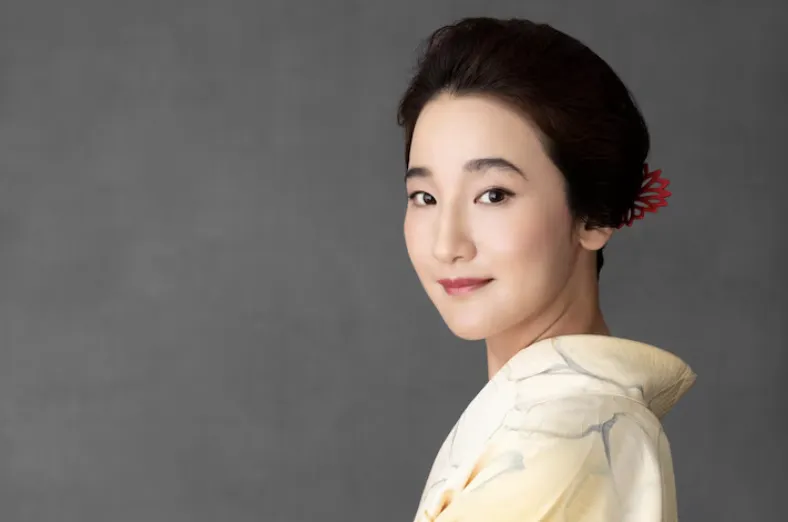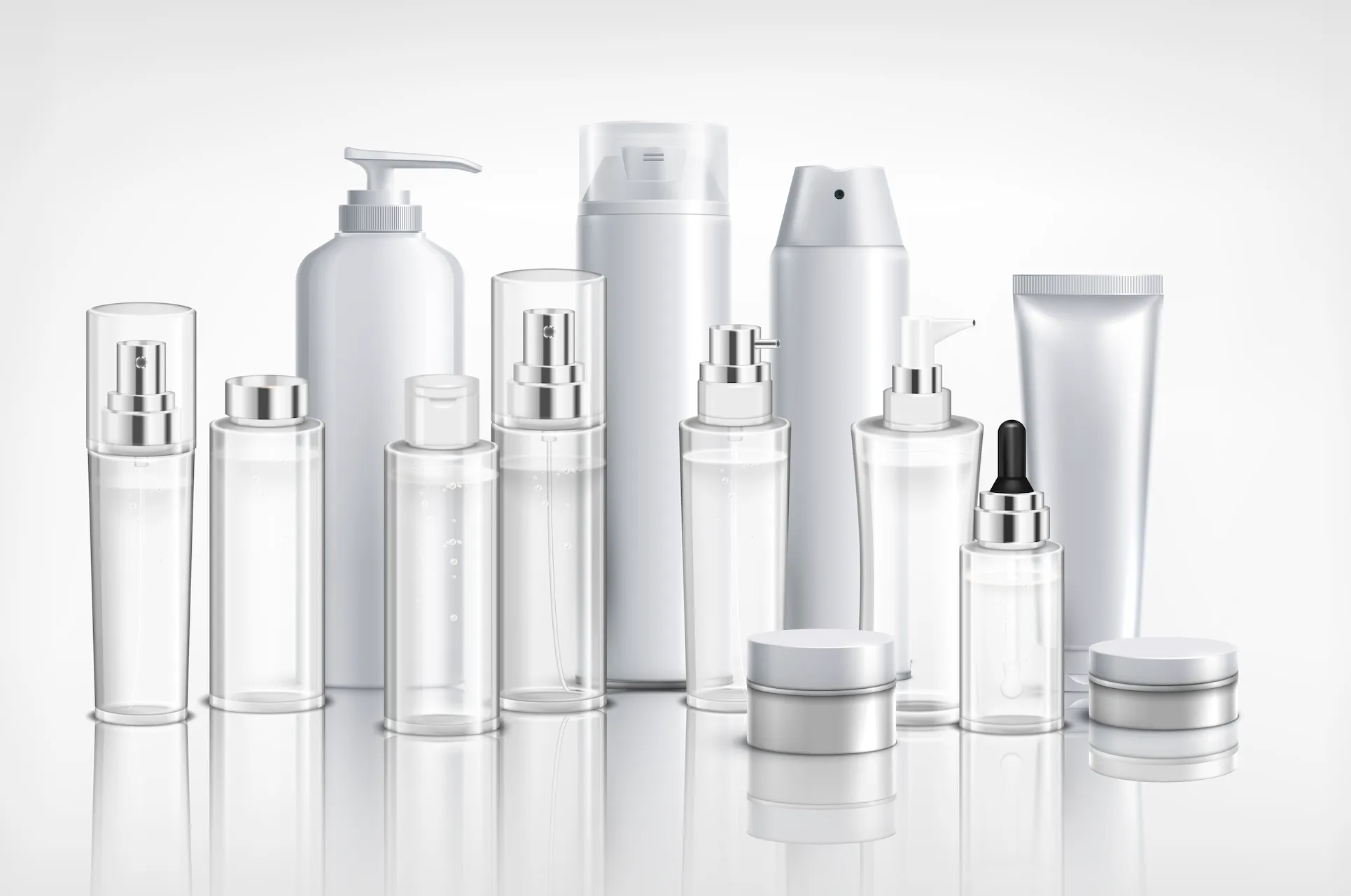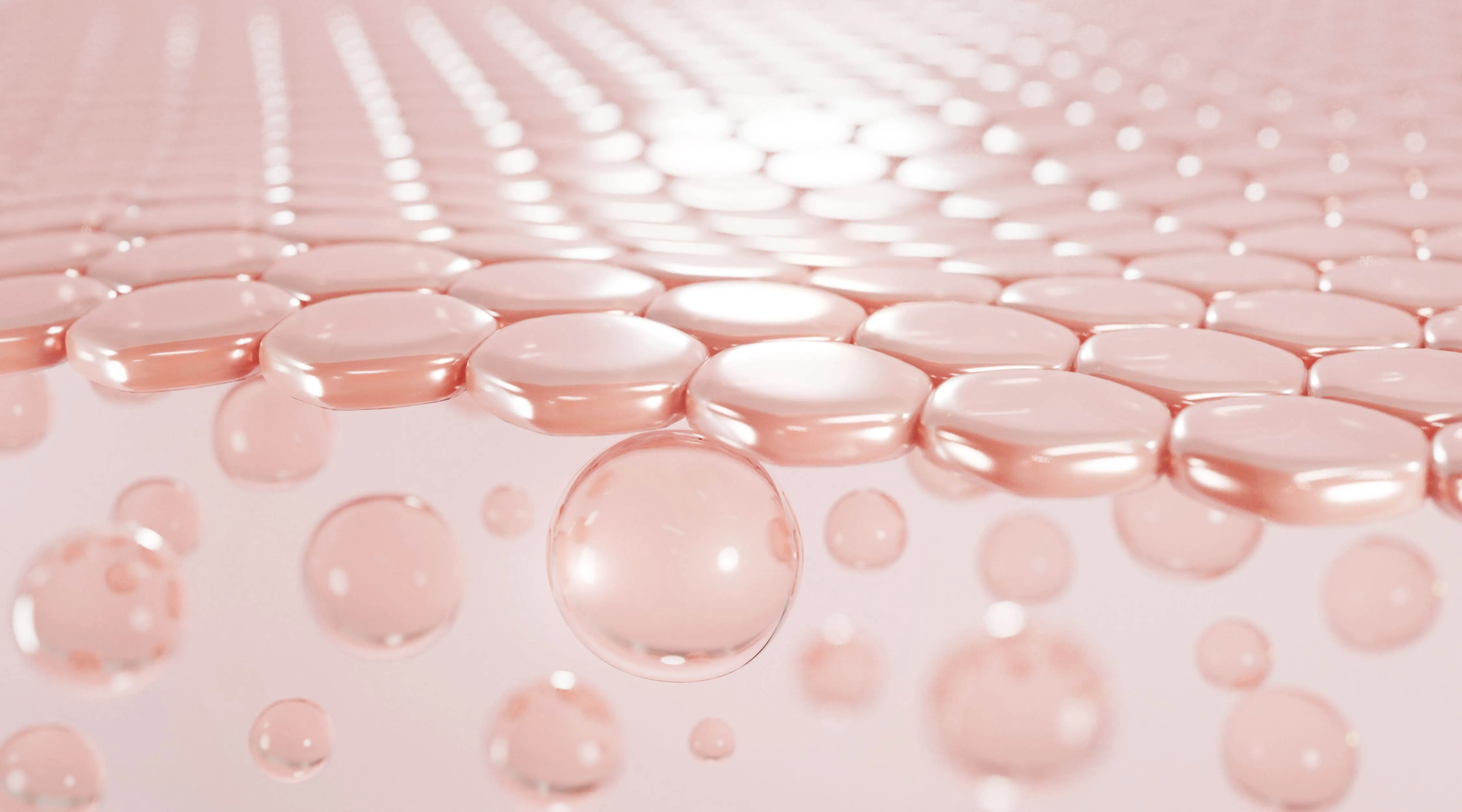The Nuances of Korean and Japanese Beauty Traditions

The beauty cultures of Korea and Japan have garnered global attention for their distinct approaches to skincare, makeup, and self-care rituals. While both nations share a reverence for beauty and meticulous attention to detail, each boasts its unique traditions, aesthetics, and philosophies. In this article, we delve into the contrasting elegance of Korean and Japanese beauty, celebrating their individual characteristics and timeless allure.
Korean Beauty: The Essence of Radiance Korean beauty, often referred to as K-beauty, is renowned for its emphasis on achieving a luminous complexion and embracing a multi-step skincare regimen. Key features of Korean beauty include:
- Skincare Obsession: Central to K-beauty is a devotion to skincare, with an emphasis on achieving flawless, dewy skin through a multi-step routine. This regimen typically includes cleansing, exfoliating, toning, moisturizing, and targeted treatments such as serums, essences, and sheet masks.
- Innovative Formulations: Korean beauty products are celebrated for their innovative formulations, incorporating ingredients like snail mucin, rice extracts, and fermented botanicals known for their hydrating, brightening, and anti-aging properties. Constant innovation and research drive the evolution of K-beauty, with a focus on efficacy and results.
- Makeup Trends: K-beauty makeup trends often embrace a youthful, fresh-faced aesthetic, with an emphasis on achieving a natural, "glass skin" finish. Soft, gradient lips, flushed cheeks, and subtly defined eyes are hallmarks of Korean makeup looks, which prioritize enhancing natural features rather than masking them.
Japanese Beauty: The Art of Subtlety Japanese beauty, or J-beauty, is characterized by its minimalist approach, timeless elegance, and focus on harmony and balance. Key features of Japanese beauty include:
- Holistic Approach: J-beauty places a strong emphasis on holistic well-being, viewing skincare as a form of self-care and mindfulness. Rituals such as double cleansing, gentle massage techniques, and daily sun protection are integral to Japanese skincare routines, emphasizing prevention and maintenance.
- Time-Honored Traditions: Traditional Japanese ingredients and practices, such as green tea, rice bran, and camellia oil, play a prominent role in J-beauty. These natural ingredients are valued for their nourishing, soothing, and antioxidant properties, reflecting a deep connection to nature and heritage.
- Subtle Elegance: Japanese makeup aesthetics prioritize subtlety and refinement, with an emphasis on enhancing natural beauty with understated elegance. Soft, matte finishes, precise application, and neutral color palettes are favored, creating a timeless and sophisticated look that transcends trends.
Contrasts and Commonalities: While Korean and Japanese beauty traditions have their distinct characteristics, they also share common themes of meticulous care, innovation, and an appreciation for natural beauty. Both cultures prioritize skincare as an essential component of beauty rituals, albeit with different approaches and philosophies. Whether you're drawn to the radiant glow of K-beauty or the understated allure of J-beauty, exploring the nuances of these rich traditions offers insight into the diverse tapestry of global beauty culture.
Korean and Japanese beauty traditions offer a captivating glimpse into the multifaceted world of beauty, each with its unique charm, philosophy, and aesthetic. Whether you're intrigued by the luminous radiance of K-beauty or the timeless elegance of J-beauty, there's a wealth of inspiration to be found in the meticulous rituals and innovative products of these cultures. By embracing the contrasts and celebrating the commonalities, we can enrich our own beauty routines and cultivate a deeper appreciation for the artistry and diversity of beauty around the world.





